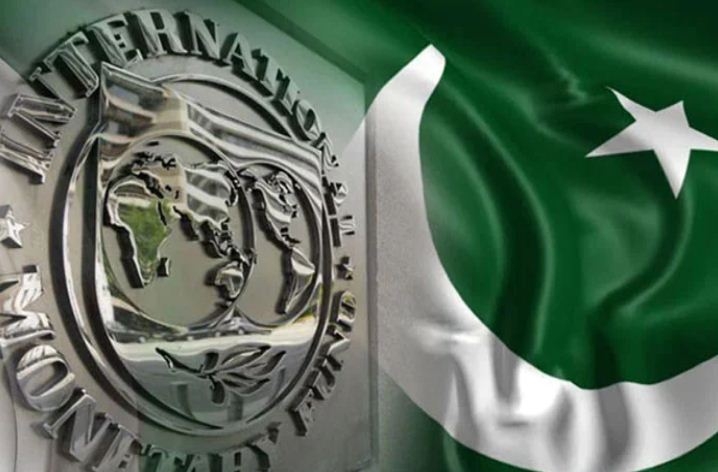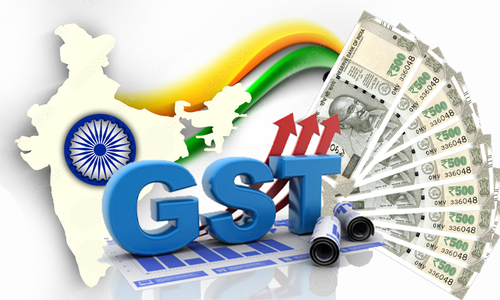After the COVID-19 pandemic triggered crisis cut down the internal demand and energy consumption, India has been recording a respite from its current account deficit story. As of Q1FY21, India posted a current account surplus in on the back of lower trade deficit, official data showed on Wednesday.
According to Reserve Bank of India’s data on India’s Balance of Payments (BoP), a year-on-year basis the Q1FY21 surplus stood at $19.8 billion from a deficit of $15 billion reported for the corresponding period of the previous fiscal.
“India’s current account balance (CAB) recorded a surplus of $19.8 billion (3.9 per cent of GDP) in Q1 of 2020-21 on top of a surplus of $0.6 billion (0.1 per cent of GDP) in the preceding quarter, i.e., Q4 of 2019-20; a deficit of $15 billion (2.1 per cent of GDP) was recorded a year ago,” the Reserve Bank said in its statement on developments in India’s Q1FY21 BoP.
“The surplus in the current account in Q1 of 2020-21 was on account of a sharp contraction in the trade deficit to $10 billion due to steeper decline in merchandise imports relative to exports on a year-on-year basis.”
Also Read: Trump paid more in taxes to India than to US in 2017
Also Read: Amnesty Halts India Operations









